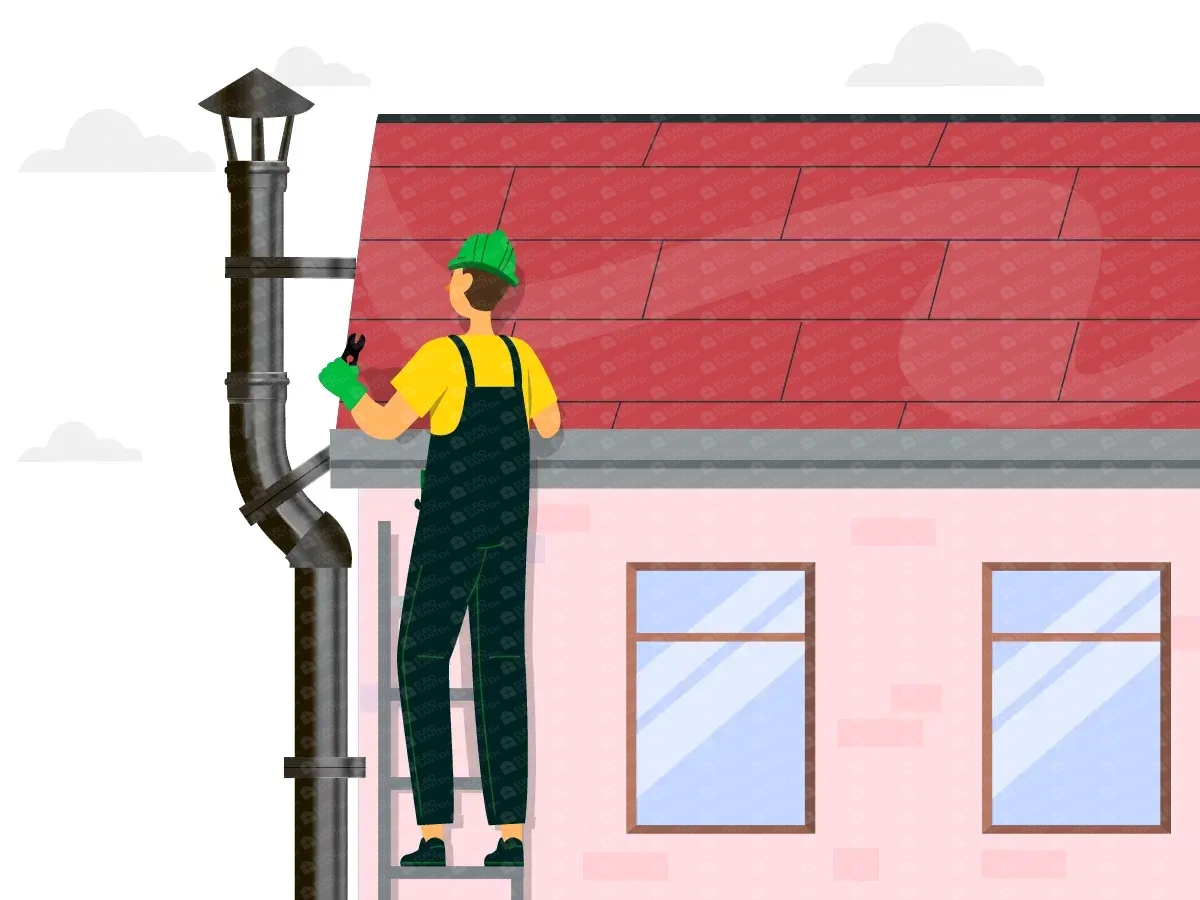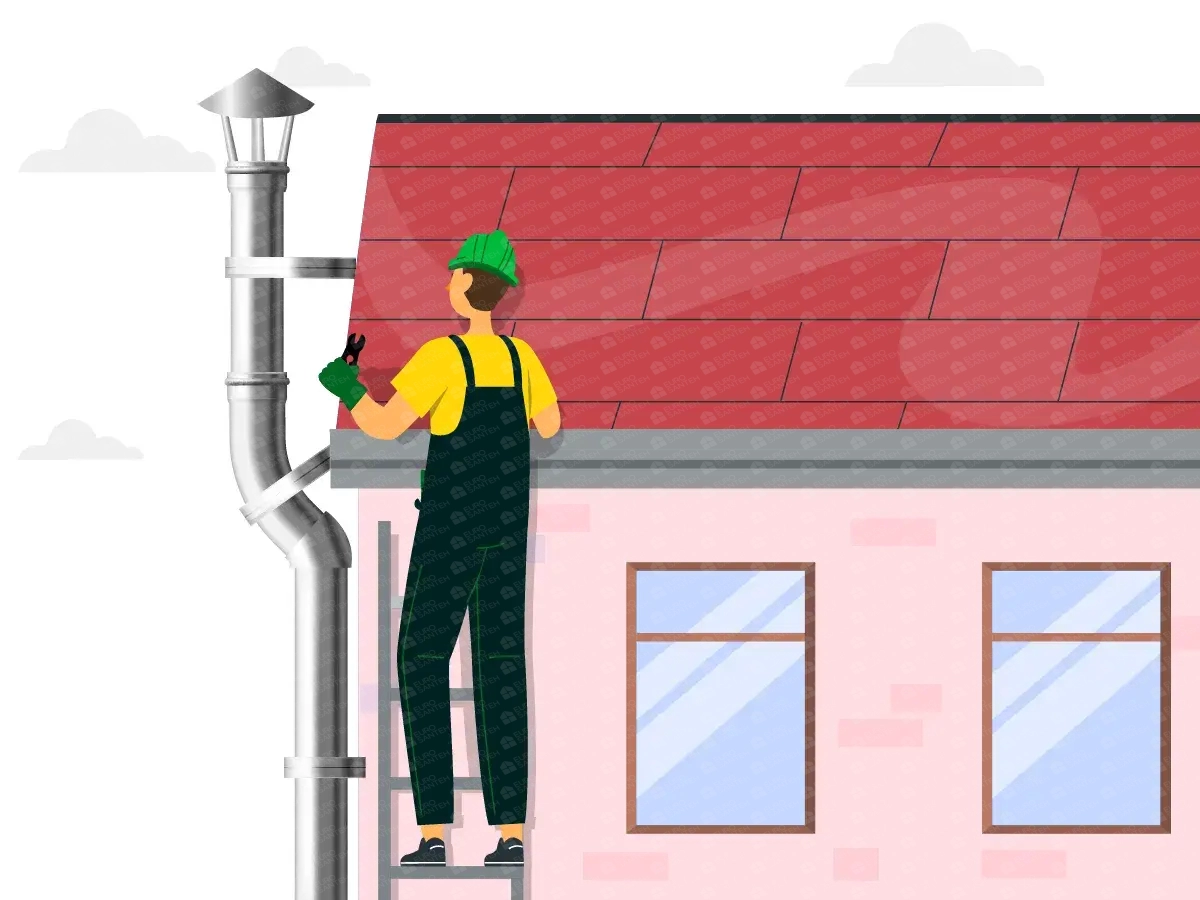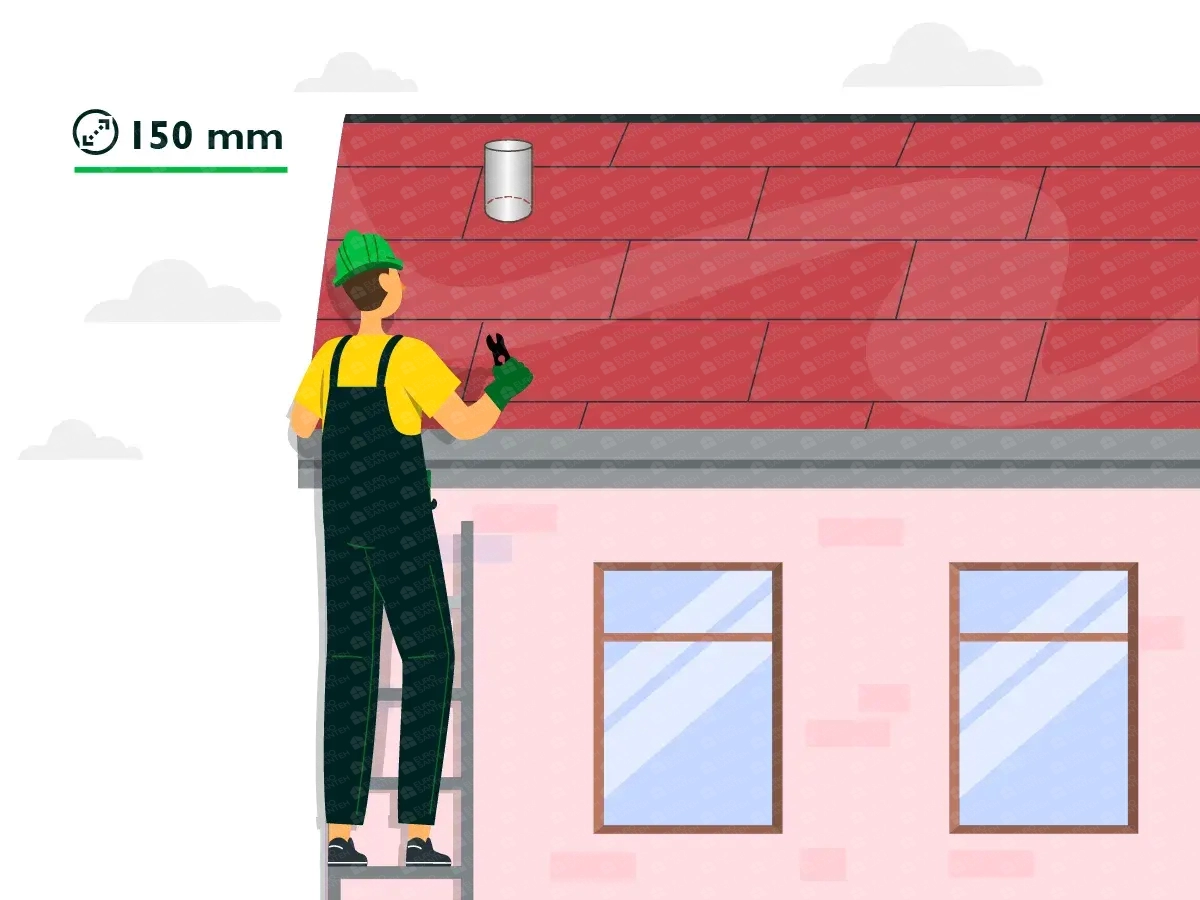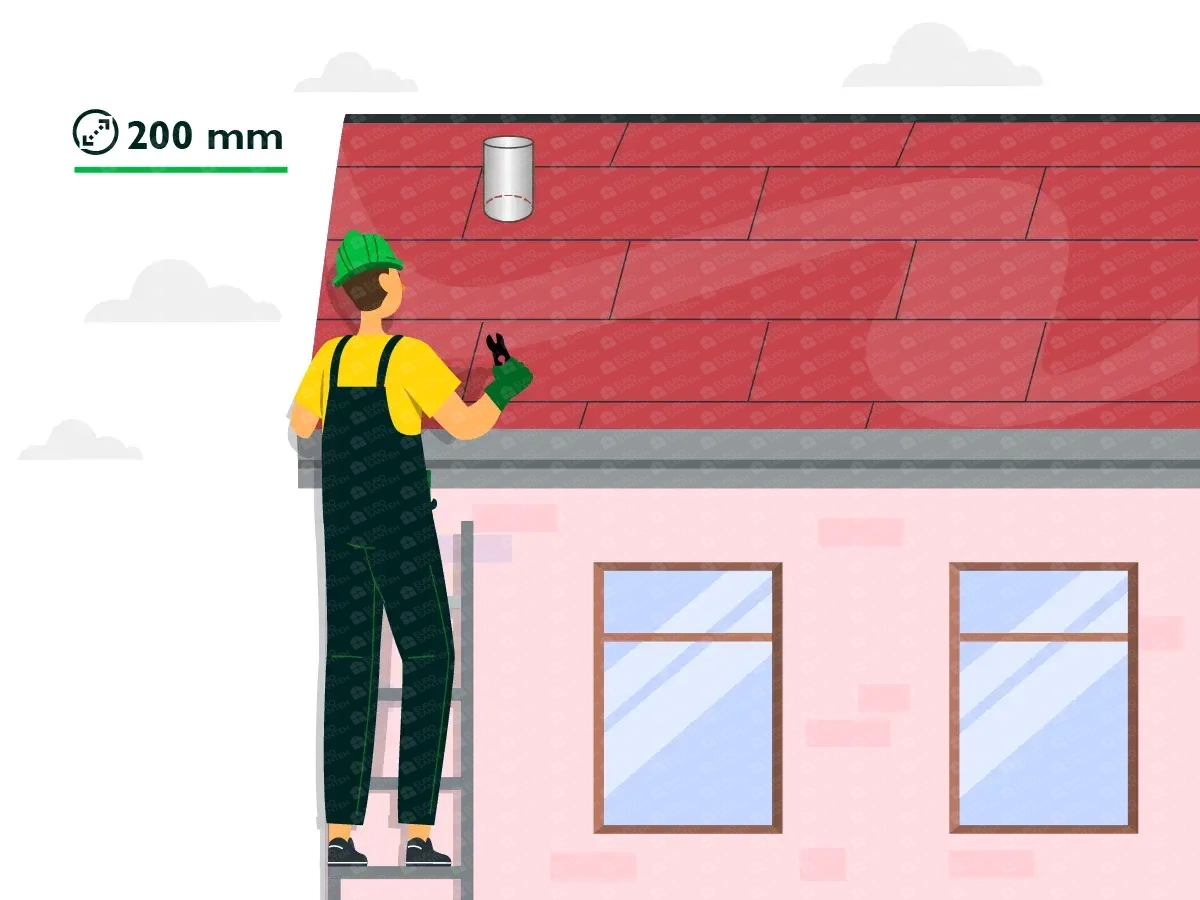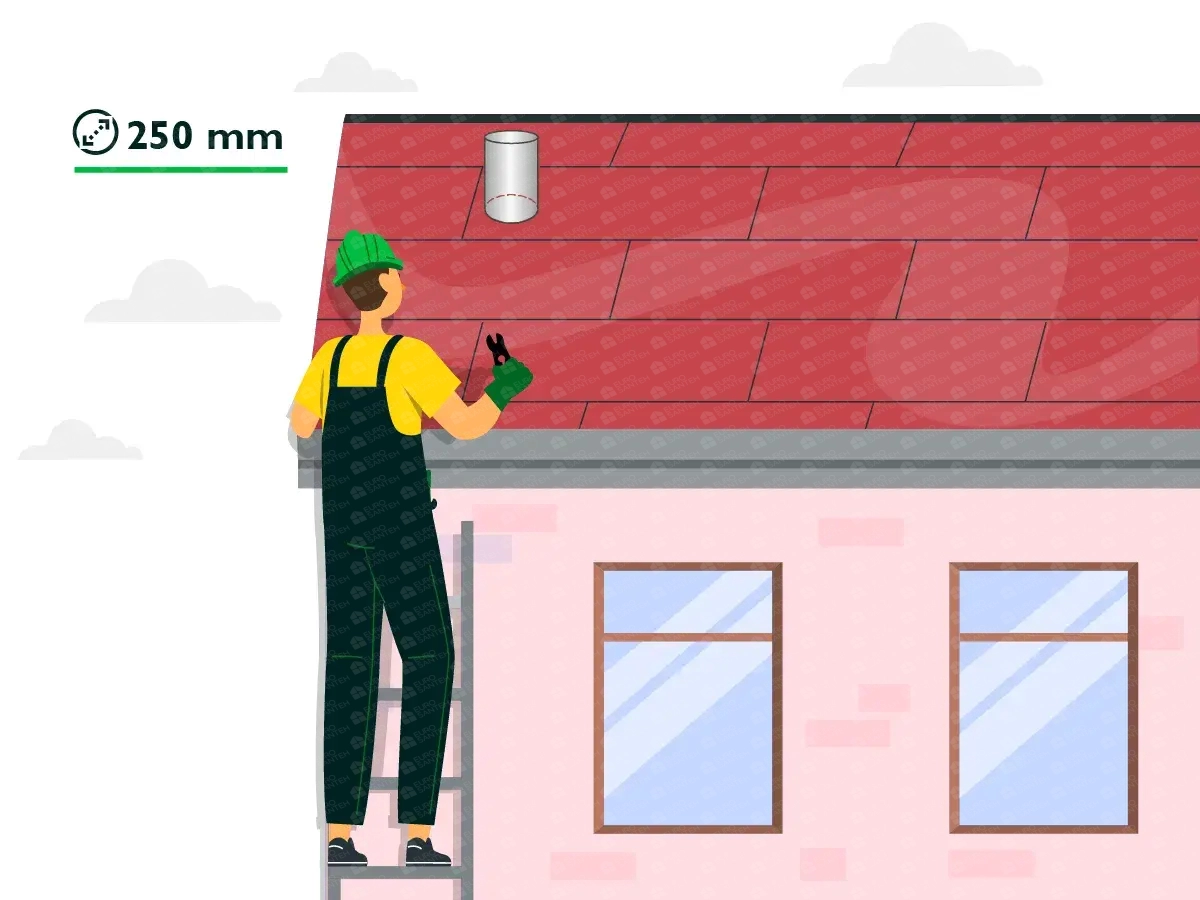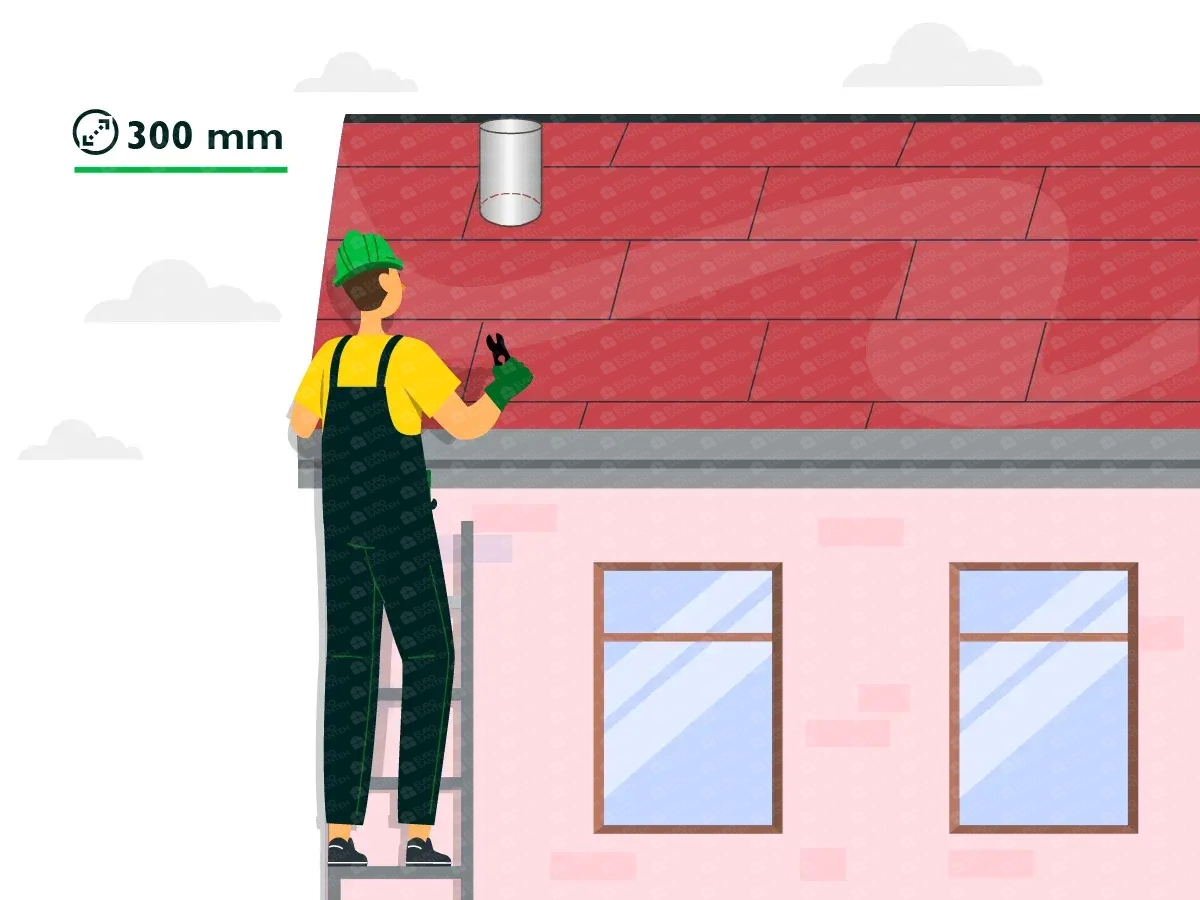Chimney installation
Chimney installation is a critical step in establishing a safe and efficient heating system in your home. In this comprehensive guide, we will explore the key aspects of the installation process, the benefits it brings, and its impact on the overall safety and efficiency of your heating system.
Key Stages of Chimney Installation:
Pre-Installation Assessment: The process begins with a thorough assessment of your heating needs and the most suitable location for the chimney. This initial evaluation is crucial for determining the optimal placement to ensure efficient venting of combustion byproducts.
Choosing the Right Chimney Type: There are various chimney types, including masonry, metal, and pre-fabricated chimneys. The choice depends on factors such as the type of heating appliance, local building codes, and your aesthetic preferences.
Site Preparation: Before installation, the designated area for the chimney needs to be prepared. This involves ensuring proper clearance from combustible materials, evaluating roof strength, and making any necessary adjustments to accommodate the new chimney.
Professional Installation: The actual installation is a task best left to professionals. Certified chimney installers will construct the chimney, ensuring it meets safety standards, is properly sealed, and complies with local building codes. Proper installation is crucial for the longevity and efficiency of the chimney.
Testing and Inspection: After installation, a thorough testing phase is conducted to verify that the chimney operates as intended. This includes checking for proper draft, adequate ventilation, and any potential issues that may need addressing.
Benefits of Chimney Installation:
Safe Ventilation: A properly installed chimney ensures the safe and efficient venting of combustion byproducts, preventing the accumulation of harmful gases in your home.
Improved Heating Efficiency: An efficiently vented chimney contributes to the overall efficiency of your heating system, allowing it to operate at its full potential.
Reduced Fire Hazard: Professional chimney installation reduces the risk of fire by ensuring proper clearances from combustible materials and eliminating potential points of ignition.
Enhanced Property Value: A well-designed and properly installed chimney can add to the aesthetic appeal of your home and contribute to its overall value.
Maintenance Tips:
Regular Inspections: Schedule regular chimney inspections to identify and address any issues promptly.
Creosote Removal: Regularly clean the chimney to remove creosote buildup, which can pose a fire hazard.
Environmental Considerations:
Energy-Efficient Appliances: Choose energy-efficient heating appliances to minimize environmental impact and improve overall efficiency.
Proper Sizing: Ensure that the chimney is properly sized for the heating appliance to optimize combustion and reduce emissions.
Conclusion:
The installation of a chimney is not just about facilitating proper ventilation; it's about ensuring the safety and efficiency of your entire heating system. Professional installation, coupled with regular maintenance, ensures that your chimney provides safe and reliable venting for years to come. Choose the right type and design for your home, and enjoy the warmth of your heating system with confidence.
